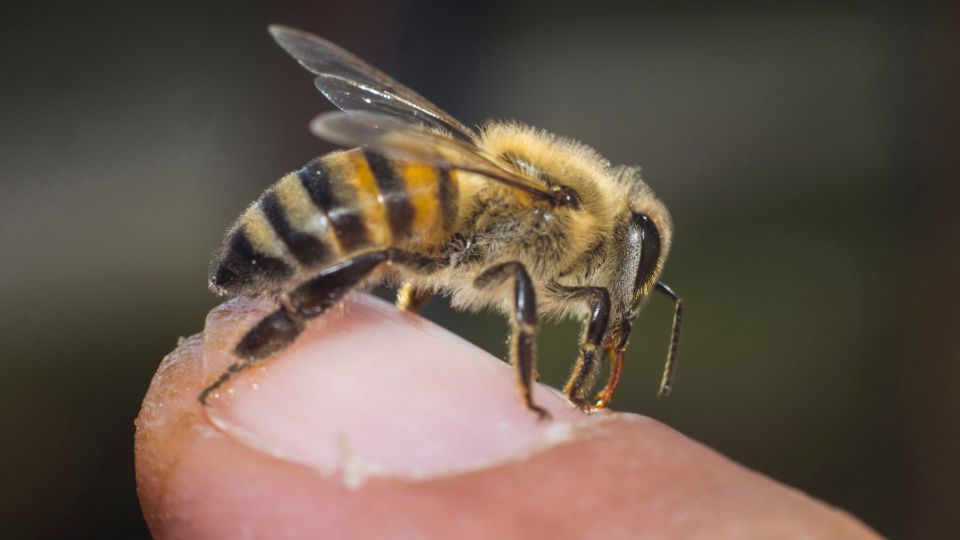Introduction
Every moms and dad's nightmare is the idea of their newborn encountering a crucial emergency. Comprehending cardiopulmonary resuscitation (CPR) methods specifically tailored for newborns can be the distinction between life and death in such situations. Yet, lots of moms and dads are uninformed of the distinct methods involved in carrying out CPR on babies. This thorough overview intends to furnish every parent with necessary expertise and abilities relating to CPR on newborns, diving right into unique methods that can save lives.
CPR on Babies: One-of-a-kind Methods Every Moms And Dad Ought To Know
Cardiopulmonary resuscitation (CPR) is a lifesaving strategy made use of in emergency situations when someone's breathing or heart beat has actually stopped. While the majority of people know with adult CPR, the techniques vary considerably when it comes to infants. The delicate nature of a newborn needs specific methods that differ from those made use of on older children and adults.
Understanding Newborn Anatomy and Physiology
Before delving into CPR https://squareblogs.net/adeneunqtn/situation-management-begins-with-knowledge-sign-up-in-a-mental-health-course methods, it's critical to comprehend the anatomy and physiology of a newborn. Infants have smaller lungs, delicate ribs, and a different blood circulation system than grownups. Knowing these distinctions can assist moms and dads execute CPR more effectively.
The Significance of Airway Management
Newborns' respiratory tracts are smaller sized and a lot more prone to obstruction; therefore, air passage administration is crucial throughout an emergency situation. Parents ought to learn exactly how to correctly clear a respiratory tract to ensure reliable breathing restoration.
Recognizing When to Execute CPR
One of the very first steps in any type of emergency situation is acknowledging when CPR is needed:
- Unresponsiveness: If your child isn't responding or moving. No Breathing: If your child isn't breathing usually or at all. Abnormal Skin Color: A blue tint around lips or face suggests absence of oxygen.
Initial Evaluation: The DRSABCD Approach
The DRSABCD approach is crucial for analyzing any type of emergency circumstance:
D - Danger: Ensure the atmosphere is safe. R - Response: Examine if the infant responds by carefully shaking them. S - Send out for Help: Call for emergency situation support if needed. A - Airway: Open up the respiratory tract by tilting the head back gently. B - Breathing: Search for indications of breathing. C - Compression: If no breathing is discovered, begin CPR. D - Defibrillation: Use an AED if readily available and skilled to do so.The Actions to Carry out Baby CPR
Performing CPR on a newborn differs significantly from grownups because of their dimension and delicacy:
1. Positioning
Lay the infant on their back on a firm surface.


2. Opening Airway
Gently tilt the head back a little to open up the airway while guaranteeing not to overextend it.
3. Check Breathing
Look for upper body motions and listen for breath seems for around 10 seconds.
4. Chest Compressions
Using two fingers put just listed below the nipple area line, push down about 1/3 deepness of their upper body (about 1-1.5 inches) at a price of 100-120 compressions per minute.
5. Rescue Breaths
After every 30 compressions, provide 2 mild rescue breaths:

- Seal your lips around their mouth and nose, Deliver each breath over one second while observing for upper body surge, Repeat till you see indicators of life or assistance arrives.
Common Blunders During Infant CPR
Even well-intentioned initiatives may falter because of typical blunders:
- Applying excessive pressure during compressions can trigger injury. Failing to ensure proper head tilt may block airflow. Not calling for aid early sufficient can postpone crucial care.
Mental Preparation for Emergencies
It's natural to feel panic in emergency situations; nonetheless, mental prep work plays a crucial role in effectively executing first aid measures:
- Remain calm; worrying hinders clear thinking. Practice mindfulness strategies prior to entering parenthood.
FAQs Concerning CPR on Newborns
What ought to I do if my newborn stops breathing?
If your newborn stops breathing, rapidly assess their responsiveness, phone call for aid, check their respiratory tract, and start CPR as thorough above.
How often needs to I take first aid courses?
It's suggested that moms and dads revitalize their knowledge every 2 years by taking first aid courses or details baby CPR training sessions.
Can I make use of an AED on an infant?
Generally talking, AEDs are not recommended for infants under one years of age unless especially created for such usage; always comply with supplier's instructions.
Where can I discover first aid courses near me?
You can look online making use of terms like "first aid course near me" or check regional medical facilities or recreation center that typically use these classes regularly.
How long does a first aid accreditation last?
Typically, a lot of first aid certifications remain valid for three years before calling for revival through refresher courses that include updated practices like DRSABCD protocols.
Is it essential to find out psychological wellness first aid as well?
Absolutely! Psychological health first aid gears up moms and dads with skills essential not just in physical emergencies however also in determining emotional distress amongst children and adolescents.
Conclusion
Understanding "CPR on Newborns: Unique Techniques Every Moms And Dad Should Know" isn't simply concerning obtaining technical abilities; it's about equipping on your own as a caretaker ready to deal with unanticipated obstacles head-on. Whether via committed training programs like those provided by numerous organizations or practicing hands-on strategies with family members throughout workshops-- every initiative counts towards constructing self-confidence in your capability to react effectively during emergency situations involving your priceless newborns.
Incorporating this knowledge into your parenting toolkit could indicate conserving lives when it matters most. So why wait? Join today for courses such as "first aid training course," "cpr training," or specialized "baby first aid training course" alternatives readily available close by-- you never ever recognize when you may need them!